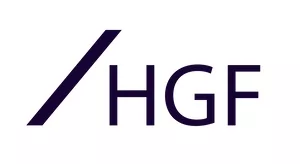- with readers working within the Retail & Leisure industries
Continuing my series of short blog posts on developments in jet engine technology revealed by 2023 patent application publications, I turn to Rolls-Royce (R-R).
It's interesting to note that there is some emphasis on hybrid electric engine technology in R-R's 2023 published patent applications. The technology combines gas turbine engines and electrical machines and is similar to the use of hybrid systems in the automotive sector. It's an approach which is seen as an important development on the road to the 2050 net zero target for airlines. It's exciting to see R-R making progress in this space and working to protect its innovations with patent applications.
It is however another 2023 published R-R patent application (EP4155211) that stands out to me for its combination of innovation and simplicity. The patent application concerns exploitation of a realisation that, perhaps counter intuitively, noise from a gas turbine engine does not increase consistently as power is increased. This is due to the impact of handling bleed valves and local fan noise maxima, which can create local noise peaks, even at lower power settings. The innovation proposed is to operate different engines on the aircraft at different power settings to avoid these peaks, whilst still maintaining overall thrust levels demanded. This would have particular application on aircraft approach for landing in order to reduce noise levels during low level flight. This is a great example of making small, but intelligent iterative improvements to make the most of existing technology.
R-R has recently been notified by respective patent offices that both a European and a US patent will be granted for the technology. With no obvious technological barriers to the use of the technique with the engines of other manufacturers, one wonders if R-R will licence this technology, or else retain it as a unique benefit for aircraft equipped with its engines.
The content of this article is intended to provide a general guide to the subject matter. Specialist advice should be sought about your specific circumstances.


